While apartheid has been dismantled in South Africa for more than 25 years, segregation is still visible on its seashores as the economic and social consequences of apartheid continue to disadvantage and discriminate against Black South Africans.
Read MoreInvesting in War: How Violence Has Turned into a Profitable Business
Violence finds its home most often in some of the poorest places. But money filtrates its way through often gathering in arms businesses and corrupt governments. In recent times, this has been true in many countries throughout Africa and the Middle East. Is the price of death worth it?
Salva Kiir, President of South Sudan. Jenny Rockett. CC BY-SA 1.0.
There is a moral question that has surfaced over the years on whether you would have to choose between the death of someone you loved or thousands of strangers. Most of the time it would be frowned upon if you picked one life at the expense of thousands. But not everybody agrees. That moral standard doesn’t translate when power is involved. Too often the death of innocent people is picked for monetary gain. This isn’t just found with governments often associated with corruption but also can be found in US foreign policy and even in the UN. Just look at the Rwandan Genocide and Iraqi War for example. The US tends to only involve itself in conflict in which it has another interest in, often oil or another economic benefit. In Rwanda, the UN actually left the country when violence broke out and only got re-involved once it reached international attention. After the genocide ended, the country got so much foreign aid that its capital city, Kigali, is being recreated as a post-modern enterprise focused solely on appearance and not reality. This pattern has continued throughout many conflicts. It is, quite frankly, the business of war.
This best current examples of this trend lie in South Sudan and Yemen. The rise of the Arab Spring lead to the intermingling of conflict, with wealthy monarchies fueling and funding neighboring battles. This is seen in both Syria and Libya. The most notable pairing though is the UAE in Yemen. Like most foreign involvement it is motivated by economic gain, namely control of the Red Sea coastline, and military prowess, as presence equals power. The UAE’s influence has led to the risk of starvation for 14 million people and a much more complex civil war. The leaders of militia groups are now benefiting greatly from foreign aid while the gap between rich and poor continues to spread.
South Sudan follows a similar pattern. The civil war has led to leadership on both sides of line pocketing millions and pursuing private business in real estate acquisitions and capital investments. South Sudan’s economy is completely dependent on oil leading to endless conflict over oil reserves and wealth distribution. The war has left over 5 million in need of aid yet little is being done to stop it. When those in charge get nothing but wealth, why save the people?
One of the biggest culprits of profiting from war lies in the companies controlling valuable natural resources. Often these companies are foreign owned and operated and give little thought to the violence surrounding it, focusing only on the influx of cash. These goals often coincide with a repressive regime. A study from the World Bank found that if one-fourth of the country's GDP is from primary commodity exports, the possibility of a civil war increases by 30%. Two examples of this are in Columbia and Tibet. Both areas have repressive governments with Tibet under illegal occupation of China. This has allowed for the expansion of foreign interest in mining in both countries, often with little regard to the surrounding area and the people that live there. In Columbia alone, 68% of displacements occurred in mining areas.
As long as money is involved and there are people, governments, and companies benefitting from war and violence, there is little motivation to change. If only we could learn that you don’t need to fight violence with violence, you fight by combatting the wealth of those with power.
DEVIN O’DONNELL’s interest in travel was cemented by a multi-month trip to East Africa when she was 19. Since then, she has continued to have immersive experiences on multiple continents. Devin has written for a start-up news site and graduated from the University of Michigan with a degree in Neuroscience.
South Sudan Continues to Face Starvation Crisis
100,000 are starving in the worst humanitarian crisis since 1945
A refugee camp in Minkaman, Awerial County, home to those who have fled due to fighting in Bor. Geoff Pugh 1/13/2014.
In 2011, South Sudan declared independence from Sudan, following over 50 years of civil war. Despite what were then high hopes for the new nation, South Sudan fell again into civil war, only two years after its new-found independence. The conflict experienced a brief respite do to a peace agreement in 2015, only to be followed by more violence as president Salva Kiir clashed with vice president Riek Machar. The conflict continues to have an incredibly destructive presence in the lives of everyday South Sudanese citizens, many of whom have been caught up in the conflict, forced to leave their country, or joined the 3.5 million displaced from their homes.
Because of these circumstances, South Sudan is currently experiencing what has been called the worst famine since World War II. Due to scarcity, food has become almost completely unaffordable, making it incredibly difficult for people to buy the bare minimum of nutrition necessary for survival. Poor roads, more than half of which become inaccessible during South Sudan’s rainy season, make it difficult for aid agencies to reach people by ground via trucks or barges. This means that aid must be delivered by airdrop, which is considerably more expensive and less affective, not to mention hazardous for those receiving it. Patricia Danzi, head of operations for Africa of the International Committee of the Red Cross, estimates that humanitarian aid is seven times more expensive in South Sudan then in nearby Somalia.
This makes it increasingly difficult for aid agencies to reach the 100,000 people currently experiencing starvation. The UN estimates that 5 million more people (42% of the population) lack adequate access to food, and have no knowledge of when they will be able to eat, or where their next meal will come from.
Despite the severity of the crisis in South Sudan, awareness and media coverage in the US and globally is incredibly low. Ashley McLaughlin, media and communications officer for the International Organisation for Migration (IOM) South Sudan writes that “in America, in all of 2015, there was no mention of South Sudan in the weekly evening news shows.” It is not difficult to trace the lack of media attention to the lack of humanitarian aid. In fact, as of 2016 the UN reported that only 3% of it’s appeal for humanitarian aid to South Sudan had been met. What funding has been provided is largely reactionary, despite what Zlatko Gegic, country director for Oxfam South Sudan cites as the “need to shift from a short-term approach to a more sustainable and transformative one.” In short, it is impossible to address South Sudan’s starvation crisis without also dealing with the violence and displacement that prove major factors in its existence. While funding is desperately needed, it must be applied holistically. The Department for International Development, for instance, is moving toward a “multi-year” funding model that enables the aid agencies it funds to offer better long-term support to those without adequate access to food.
This is a crisis that can no longer be ignored. In a world where one third of the food produced is never eaten, and around six billion pounds of fruits and vegetables go unharvested in the US alone, it is clear that we can do better.
EMMA BRUCE is an undergraduate student studying English and marketing at Emerson College in Boston. She has worked as a volunteer in Guatemala City and is passionate about travel and social justice. She plans to continue traveling wherever life may take her.
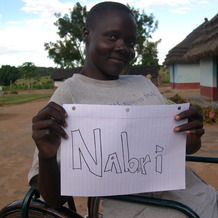




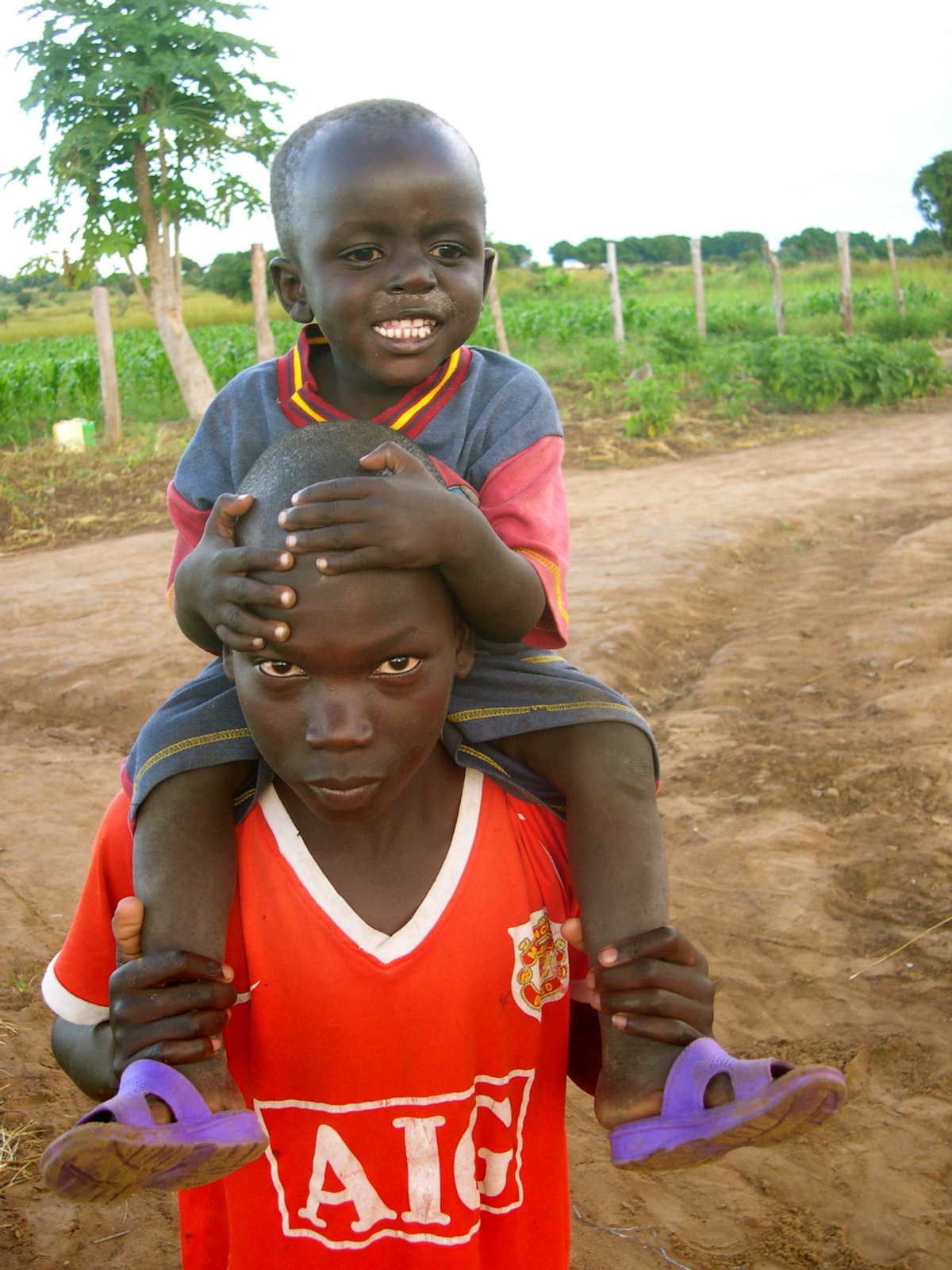
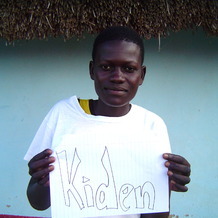

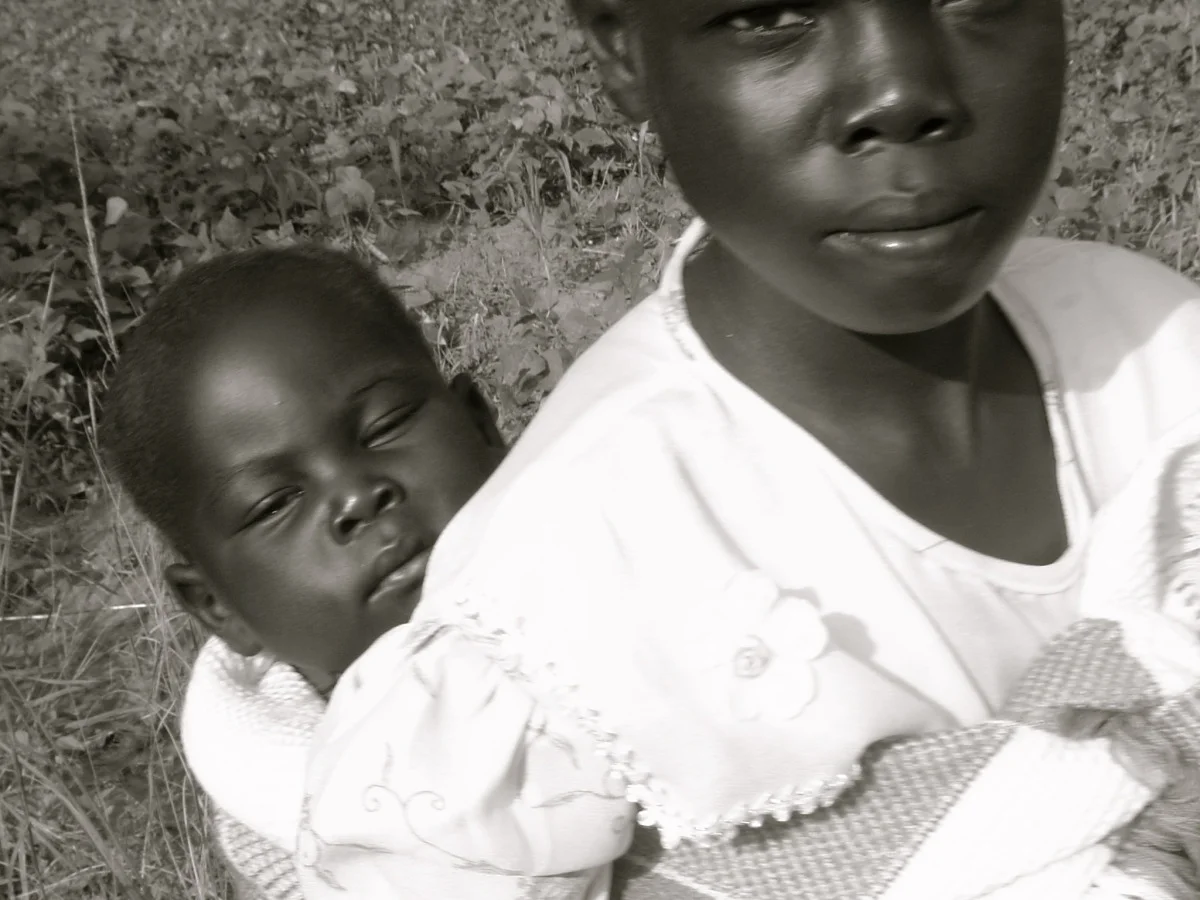



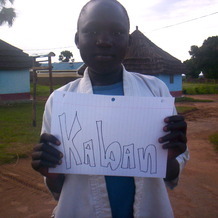





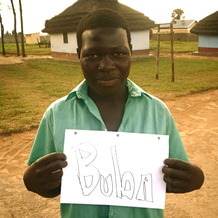





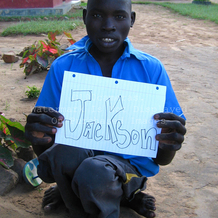





100cameras
100cameras is an NGO that empowers marginalized children around the world to document their lives through photography, and thereby create positive change in their communities. 100% of the photography sales go back to the children’s communities. Here’s how it works: 100cameras gives a camera to Jackson in South Sudan. Jackson snaps a photo. Then you buy his photo on the 100cameras website. 100% goes back to Jackson and Jackson is empowered.
In 2008, 100cameras launched its first project at St. Bartholomew’s Orphanage in Kajo Keji, South Sudan that serves as a home to 80 children who lost their families during the brutal 21-year civil war. The orphanage was founded by IWASSRU (International Widows Association for Southern Sudanese Refugees in Uganda), a group of Sudanese war widows that banded together to care for refugee orphans. 100cameras funds lifeline supplies, such as protection and access to food, water, and medicine.
To date, the sale of the children’s photography has raised $17,000 that was used to build a fence around the campus, protecting them from the rebel forces in Sudan, and has provided critical maintenance for the truck that transports all food and medicine for the children. $17,000 is four times the average annual income in Sudan!
You can purchase a child's photograph on the 100cameras website and 100% of your purchase will go directly to IWASSRU to provide lifeline supplies and shelter.
This photo essay is a small selection of the more than 200 photographs of South Sudan taken by South Sudanese kids, as well as projects in other countries around the world.
Connect with 100cameras and purchase images of their kid photographers here. Check out their crowdfunding campaign going on now here at WEDIDIT.




